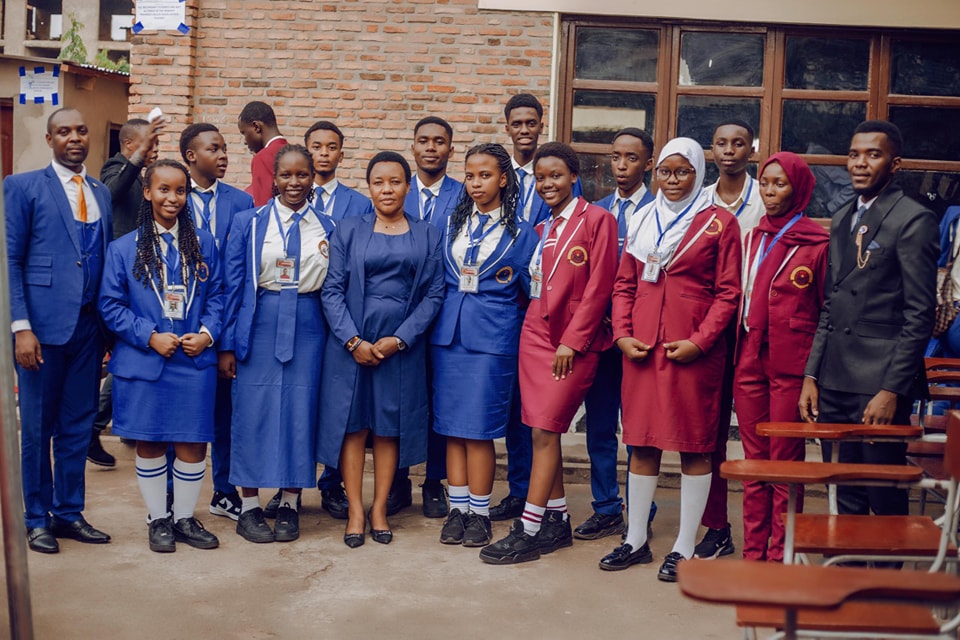Pain itself, it is pain that loves"
“Comments made on the playground to a friend or community member are now being posted on the Internet resulting in increased exposure,” says Robert Bisson, coordinator of Member Services for the Alberta Teachers Association. “This exposure has much more meaning for the recipient. The effects are far more devastating.”
"Except for some cases where blame belongs to those who fail in duty through weakness of will, they are in fault who shrink from toil and pain."
- JEAN-LUC PICARD
Several provincial and territorial teachers associations indicate that their members are increasingly reporting incidents of inappropriate behaviour from students, parents, and other adults. A survey by the Elementary Teachers’ Federation of Ontario, the Ontario English Catholic Teachers’ Federation of Ontario and the Ontario Secondary Teachers’ Federation of Ontario, found that over half of elementary and secondary teachers have been personally bullied during their professional careers. A College of Teachers members’ survey reports that 84% of teachers have been cyberbullied.

"Pain itself, it is pain that is loved."
- “Pain itself is something to be felt.”
- “But indeed, we accuse those who are truly deserving of just hatred.”
- “Except those cases where desire leads astray, not from duty or foresight.”
This increased harassment and bullying behaviour may reflect a Canadian cultural tolerance of aggression that aggression is an effective solution to social problems. Consider the 2007 Junior Achievement/Deloitte Teen Ethics Survey. In it, nearly one-quarter of all teens surveyed think violence towards another person is acceptable on some level. Media Awareness’ Young Canadians in a Wired World – Phase II reports that 17% of young people, who have assumed a different identity on the Internet, pretend to be someone else so they “can act mean to people and not get into trouble.”
Context of COVID-19 pandemic
| Lecture 1.1 | How COVID-19 pandemic is affecting children, families and communities’ lives | ||
| Lecture 1.2 | What actions you can take to adapt ongoing child protection prevention |
Potential longer-term effects
| Lecture 2.1 | The experience of other child protection practitioners | ||
| Lecture 2.2 | Strengthen partnerships with governments |
CRC and CPMS principles and standards
| Lecture 3.1 | Joining up with other sectors to implement strategies for protecting children | 9 hours | |
| Lecture 3.2 | The social and economic impacts of measures to stop virus transmission | 5 hours |




